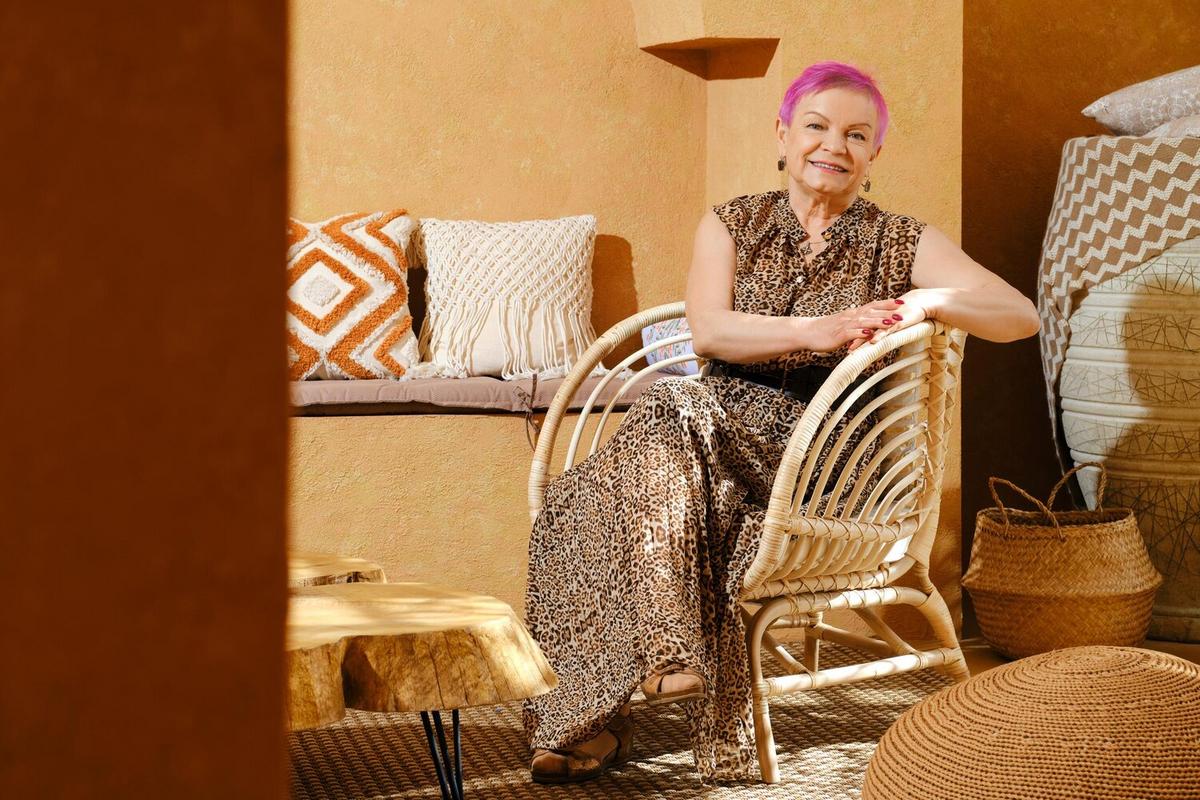
How to Turn Vintage Fabrics into Modern Home Pieces
Transforming vintage fabrics into modern home pieces offers a delightful way to blend the charm of the past with the aesthetics of contemporary design. Whether you’re looking to refresh your living space or find new uses for cherished textiles, upcycling vintage fabrics can be both rewarding and environmentally friendly.
There’s a growing trend towards sustainable decor, and using vintage fabrics is a fantastic way to contribute to this movement. According to a report by the Environmental Protection Agency, textile waste accounts for nearly 5% of all landfill space. By repurposing old fabrics, you can help reduce this waste and breathe new life into materials that might otherwise be discarded.
Unleashing Creativity with Vintage Fabrics
When working with vintage fabrics, the possibilities are endless. You can create unique cushion covers, curtains, or even wall art. As interior designer Emily Henderson notes, “Incorporating vintage textiles into modern decor adds a layer of history and personality that new items simply can’t replicate.”
Actionable Tips for Upcycling
- Assess the Fabric: Before starting any project, check the condition of the fabric. Ensure it’s clean, and repair any tears or holes.
- Match Styles: Pair vintage patterns with modern designs for a balanced look.
- Experiment: Don’t be afraid to mix textures and colors. The contrast can create stunning visual effects.
Personal Anecdote: A Living Room Transformation
Last year, I found a trove of vintage tablecloths at a local flea market. With a little creativity, they became striking cushion covers that transformed my living room. The unique patterns sparked conversations every time guests visited.
Table: Ideas for Vintage Fabric Projects
| Project | Description | Difficulty Level |
|---|---|---|
| Cushion Covers | Use fabric to cover existing cushions. | Easy |
| Wall Art | Frame fabric pieces for unique wall decor. | Medium |
| Patchwork Throws | Sew different fabrics together for a cozy throw. | Medium |
| Table Runners | Create elegant table runners for dining areas. | Easy |
| Chair Upholstery | Reupholster dining chairs. | Hard |
| Quilts | Combine fabrics into a quilt. | Hard |
| Lampshade Covers | Wrap fabric around lampshades. | Easy |
| Aprons | Sew aprons for the kitchen. | Medium |
Pro Tips for Success
Always wash and iron vintage fabrics before use. This ensures they are clean and ready for crafting, making it easier to work with them.
FAQs
How do I clean vintage fabrics?
Hand wash them in cold water with a gentle detergent to maintain their color and texture.
Can all vintage fabrics be repurposed?
Most can, but always check for durability and condition before starting a project.
Conclusion
Revamping your home decor with vintage fabrics not only brings a unique charm but also supports environmental sustainability. By following these tips and letting your creativity flow, you can create pieces that are both beautiful and meaningful. Why not start your next project today and see where your imagination takes you?


